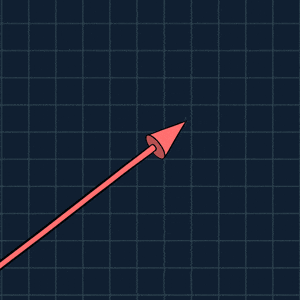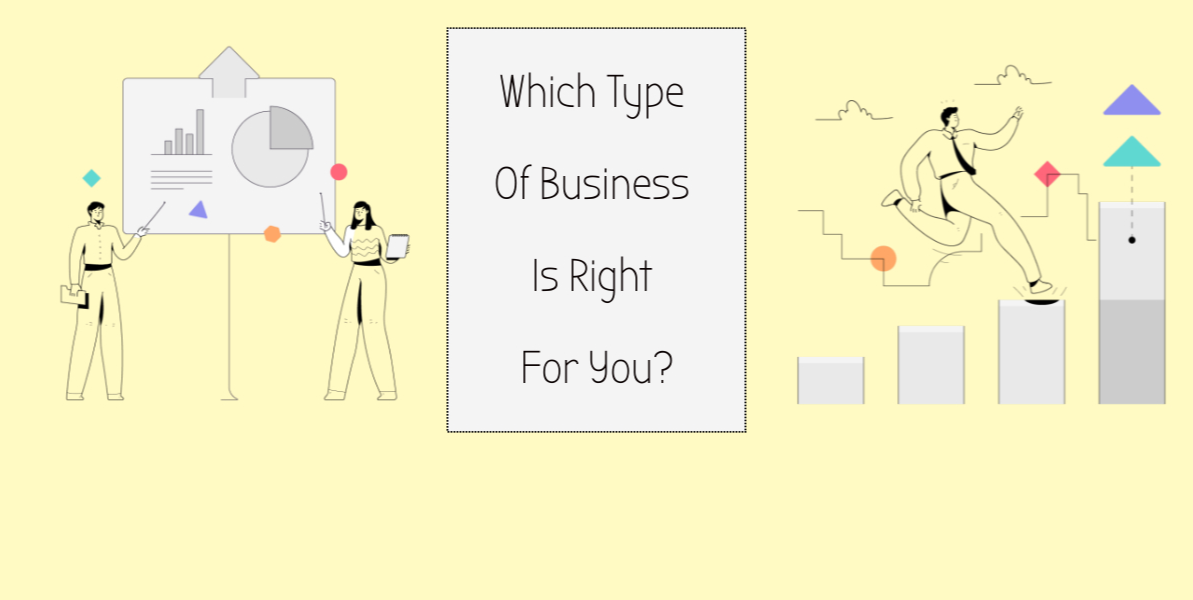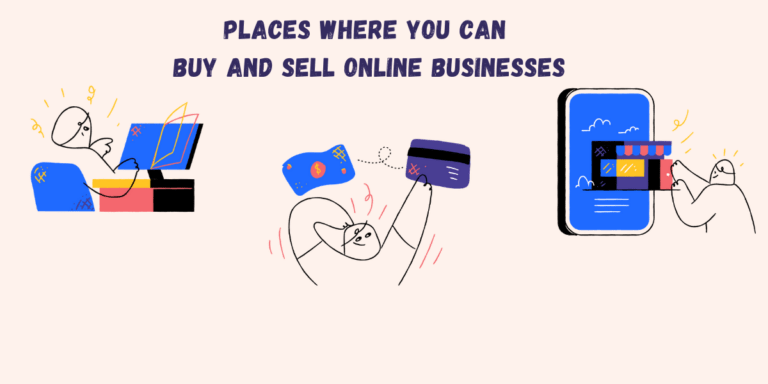Small Business vs. Start-Up Business: A Comparison Guide
Definition of small businesses and startups
A small business is typically defined as any company that operates with fewer than 500 employees, while a startup is a new business with high growth potential and low operating history. Small businesses generally have less financial leverage, more control over the company, and greater flexibility in operations. Startup companies may have a higher risk of failure because they are less financially stable but provide larger growth potential.
What is a startup?
A startup business is a newly established company with a unique business model, typically aiming to fulfill a specific market niche or provide a novel service or product. There are several distinguishing features of a startup, the key one being its intent on rapid growth and scalability, often within a technological realm. While every startup aims for success, the journey towards it often requires substantial adjustments to original business strategies and an agile approach to dealing with fluctuating markets and unexpected challenges.
The Advantages of A Startup Business:
- Startups often have the potential for phenomenal growth: Given that they target often unexplored areas of business, startups can quickly experience explosive growth if their ideas take root and their products or services resonate with customers.
- They present opportunities for innovation: By their very nature, startups are usually built around an innovative idea or approach. This drives creativity within the company, providing the much-needed differentiation in the market.
- Attractive investor interest: Startups, particularly those in the tech sector, often attract a lot of investor attention. An increase in funding can fuel strategies and accelerate growth.
The Risks of A Startup Business:
- Financial instability: In their early stages, startups often face significant financial hurdles. As they are mostly funded by investors seeking high returns, maintaining consistent cash flow can be a challenge until the business reaches a sustainable revenue model.
- Market Uncertainty: Given the innovative nature of their products or services, there may not be a guaranteed market for startups. They are, in essence, trying to generate demand. If the market doesn’t respond favorably, the startup could fail.
- High Levels of Risk: Startups are inherently risky. There’s always a possibility of failure, especially considering the competitive nature of the business world.
- Frequent Pivoting: As a part of their growth strategy, startups often need to pivot their business models based on the market’s reactions and trends. This consistent change can be a potential hindrance.
Overall, while startups offer the thrill of working in a dynamic and innovative environment and promise high rewards, they come with equal or greater levels of risk and unpredictability. It takes a lot more than just a novel idea to make a startup successful – preparation, adaptability, and efficient risk management are equally crucial.

Key Success Factors for Startup Business
A startup business can be diverse in terms of its size and levels. The following factors further elaborate on this diversity:
Growth Focus
One of the prominent features of startups is their focused aim to grow as rapidly as possible. Often, they prioritize scaling over immediate profitability to expand their reach and capture a larger market share. This strategy differentiates startups from small businesses that prioritize creating steady, long-term streams of revenue.
Capital Requirements
To facilitate this rapid growth, startups often require substantial capital. This need arises from the fact that augmenting market share quickly usually involves increased operational costs, research and development expenses, and marketing efforts.
Investor Role
The role investors play also differs in a startup. They provide the substantial capital needed for rapid growth and scaling. In contrast to repayment schemes of traditional bank loans utilized by small businesses, startup investors are repaid through mechanisms like equity shares, which gives them a return on their investment when the startup grows or is sold.
Employee Size
Contrary to the popular belief that startups are small in size, startups can range from a few employees to hundreds or even thousands of employees. This size is typically contingent on factors like the stage of the startup, with early-stage startups having fewer employees and late-stage startups having a larger workforce.

Capital Investment
The size of a startup is also influenced by its capital requirements and the investment it attracts. Since high growth startups require substantial capital to fund their fast-paced operations, considerable investment can fuel their transition from a small entity to a large enterprise.
Market Share
A startup’s emphasis on capturing a larger market share as quickly as possible can also impact its size. In the quest for a bigger market share, startups may temporarily overlook profitability, leading to more aggressive and larger scale operations.
What are the levels of a startup business?
- Stage 1: The earliest level of a startup is the $0-1 million stage. This refers to startups that are just beginning or have made less than $1 million in annual revenue. Often, startups at this stage are still in the process of establishing their business model, building their initial product, and beginning to attract their first customers.
- Stage 2: The second level of a startup is the $1-10 million stage. This is where the startup has proven that there is some market demand for their product and they have grown their customer base and revenues. However, the startup may not yet have reached ‘product/market fit’.
- Stage 3: The third level of a startup is the $10-100 million stage. At this point, the startup has typically found ‘product/market fit’ and is entering a phase of rapid expansion and growth. This is the stage where significant job creation often happens and where government support can be particularly beneficial.
- Stage 4: The highest level of a startup is the $100+ million stage. At this point, the startup has become a relatively large and established company. They may have thousands of employees and a large share of their market. Despite their size, they might still be looking for ways to grow and expand, potentially into new markets or by developing new products.
What is a small business?
A small business is a privately owned and operated enterprise that has a strong focus on serving a local or regional market. These businesses typically employ fewer than 500 people, with approximately 89% having a workforce of 20 or less. They operate across various sectors, which could range from restaurants and cleaning services to event planning and online courses.
The main aim for small businesses is to achieve long-term profitability and sustainability, often relying on traditional funding sources like bank loans or personal savings rather than capital venture or angel investment. Unlike startups, small businesses do not prioritize rapid expansion and instead focus on steady, sustainable growth.
Overall, small businesses are integral in their local markets, often forming strong personal relationships with their customers. They must be independently owned, for-profit, and cannot hold national dominance in their field as per the US Small Business Administration’s definition. Their operations begin with an aim for revenue generation from the opening day, often requiring less time and investment to establish organizational structures.

What size company qualifies as a small business?
Small businesses are typically less scalable than larger companies. Small businesses focus on providing a product or service to a particular market and growth potential, with stable revenue coming from consistent sales.
The term small business is subjective, meaning it depends on what kind of industry your company is in, and how many clients they have is more important than its name or number of employees.
According to the Small Business Administration, a business can be classified as small if less than 500 employees. The company’s size doesn’t because they all have similar resources and abilities in terms of their economic power.
What are the levels of a small business?
- Level 1: Startup stage ($0-1 million annual revenue). This stage typically represents the founding years of a business. It is a time of exploration, prototype testing, and initial market entry. At this level, a small business is seeking to establish a viable business model and achieve first sales.
- Level 2: Early Growth stage ($1-10 million annual revenue). At this stage, small businesses have a proof of concept and are looking to expand their customer base. They are working towards building a strong and sustainable market presence.
- Level 3: Expansion stage ($10-100 million annual revenue). Here, a small business begins to experience significant growth in revenue and customer base. The focus at this stage is on business expansion, market penetration, and scaling operations.
- Level 4: Mature stage ($100+ million annual revenue). At this stage, a small business has become a significant player within its industry. There is an established market presence, healthy profit margins and revenues are consistent. The focus at this stage is on maintaining steady growth and exploring avenues for further diversification.

Summary: 10 differences between startups and small business
- Startups are heavily reliant on breaking new ground and creating something unique or improving an existing product or service. This might involve developing a new type of product, a new business model, or an entirely novel technology. Conversely, small businesses do not necessarily aim for uniqueness. They might even employ off-the-shelf solutions to launch and run their operations.
- Startups typically do not impose limitations on their growth and aim to capture as much market share as possible. Their goal is ultimately to become a major player in their respective industry. Small businesses, on the other hand, operate within boundaries set by the business owner, focusing on serving a specific customer base.
- In the case of startups, growth should be rapid, with a significant emphasis on creating a repeatable business model that can be replicated globally. Small businesses, although also focused on growth, prioritize profitability. Their expansion usually occurs as and when needed.
- Small businesses aim to generate earnings and hopefully profit from day one, with the ultimate gain depending on the owner’s ambitions and growth plans. Startups, meanwhile, may take months or even years to turn a profit as they focus primarily on creating a product that will resonate with consumers and secure a significant market share. Once this is achieved, the earnings can run into millions.
- Small businesses tend to be funded through personal savings, family and friend’s investments, bank loans, and possibly investor funds. However, their objective is often self-sufficiency, thus ensuring cautiousness regarding debt, as these funds will need to be returned with interest. Startups are frequently funded by personal means or the assistance of near ones. But increasingly, crowdfunding, business angels, venture capital, and investors are becoming primary sources of finance due to the necessity of reaching a certain level of development before becoming profitable.
- Startups often use or even produce new technologies to fuel their growth and scaling processes. Small businesses do not necessarily require any special technologies to function. Several out-of-the-box technological solutions such as marketing technologies and accounting solutions can help achieve their main business goals.
- The lifecycle for a startup can vary significantly and largely depends on when the company begins making a profit. Conversely, small businesses typically have a longer lifecycle, especially if they become economically sustainable.
- Startups typically involve a high degree of risk, given their focus on innovation and rapid expansion and the associated uncertainties. Small businesses, with their focus on steady growth and profitability, generally carry a lower level of risk.
- For startups, exit strategies usually involve aiming for an acquisition or an initial public offering (IPO), which can result in massive returns if the startup has successfully achieved a substantial market presence. Small businesses, meanwhile, often do not have an aim for this kind of exit strategy. The focus is more on maintaining stable operations and consistent profits.
- In a startup, employees often hold multiple roles, work in a fast-paced environment, and must adapt quickly to changes. It’s typically a more flexible but demanding work environment. In a small business, employees generally have clearly defined roles and the pace of work is slower and more predictable. It’s usually a more structured but stable work environment.

Which type of business is right for you?
Small businesses and startups have different business structures and goals, so it can be difficult to determine which type of business will work for you.
Though they are both types of business, small businesses and startups have their differences. Small Businesses are more in-depth with the understanding that there is a difference between them and startups. Many people believe that these two categories can be lumped together. It’s important to understand the differences because each has its benefits or pitfalls, depending on what you’re looking for in your venture.
Many entrepreneurs find success when starting by opening up a small company rather than trying to start a business from scratch.
A startup is right for you if…
If you have a transformative idea and are fascinated by the prospect of bringing a completely new product or service to the market, a startup can be the right decision. Startups thrive on innovation, focus on high-growth, and bank on their potential to disrupt existing markets. Your goal aligning to deliver high-impact through disruptive innovation implies that a startup choice is more suitable. The data shows that startups, although associated with high risk, offer high reward potential, which is exciting for those with a high-risk tolerance.
Additionally, startups usually necessitate a significant influx of capital and a larger team size as they aim for rapid growth. If you have access to substantial funding resources, industry networks, and a team that shares your vision, this could enable your startup to scale swiftly and effectively. Furthermore, if you find thrill in the uncertain and intense startup culture that ultimately leads to high learning opportunities, a startup might just be the right option for you.
A small business may be right for you if…
Choosing a small business over a startup may be suitable for you for several reasons. First and foremost, small businesses typically operate on a more stable and predictable business model. This means they are less risky than startups, offering a safer path for those who prefer steady growth over rapid expansion. If your entrepreneurial goals align more with achieving steady profitability and sustainability, rather than developing a groundbreaking idea with a significant risk of failure, a small business would be a better fit.
Additionally, the required resources for a small business are typically lower compared to a startup. Startups often demand heavy capital and a large team to launch and scale, which may present a hurdle if you have limited resources. On the other hand, small businesses can typically be set up with fewer resources, making them a more feasible option for entrepreneurs with a smaller budget or team. Therefore, based on your available resources and appetite for risk, a small business may be the right choice for you.
- The Complete Guide to Startup Business Insurance: Types, coverage, and brokers - December 26, 2022
- Everything You Need to Know About E-commerce Marketing - September 24, 2022
- Building an Ecommerce Website: All you need to know to make it as customer-oriented as possible - January 4, 2022







